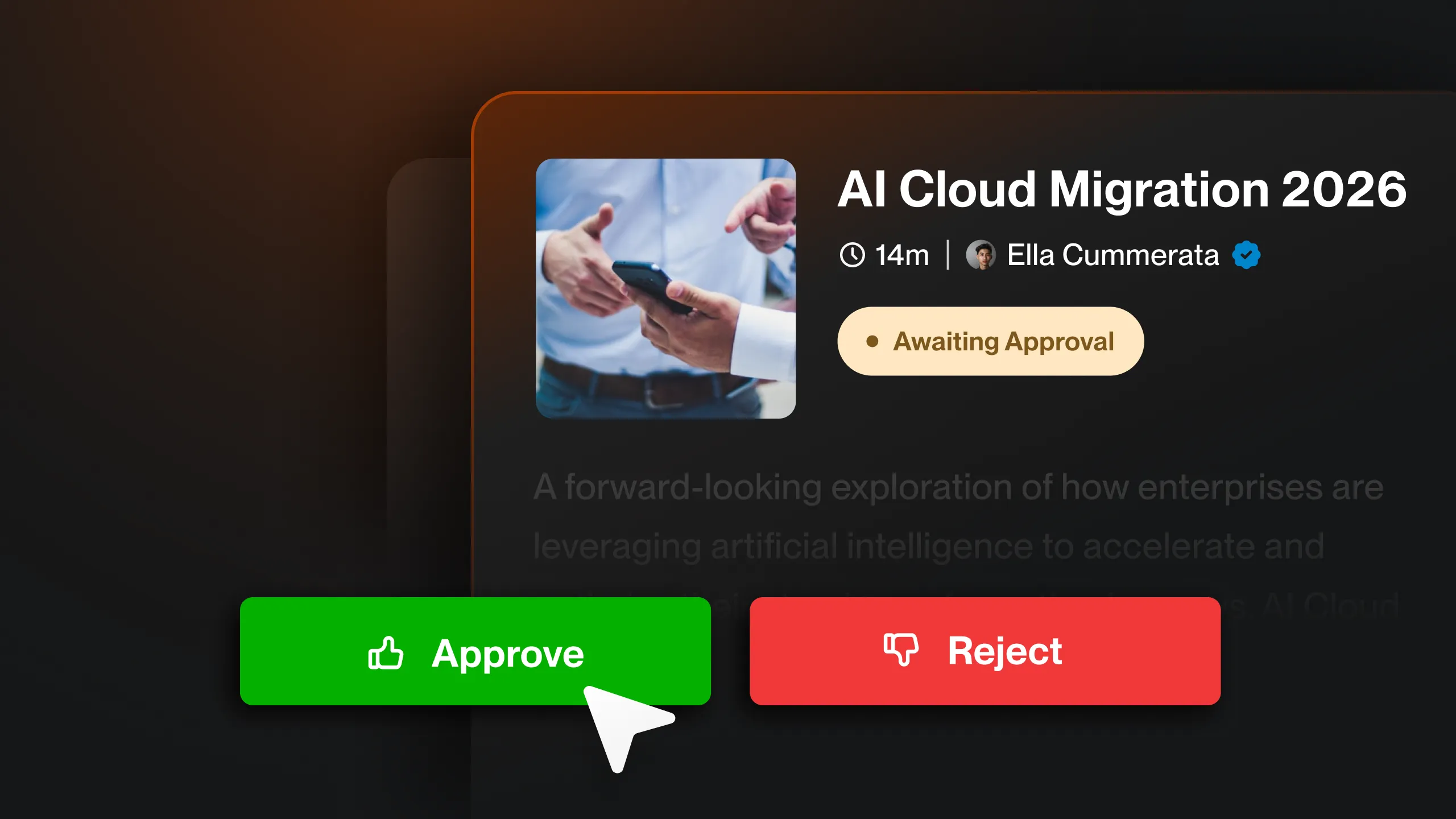Change Activation
If Transformation is Not in the Flow of Work, It’s Not Going to Stick
Aug 15, 2025
Here’s the mistake even the most well-resourced transformation offices make: They build a strategy, launch the change, deliver training, meet with some stakeholders, and wait—hoping it sinks in.
Except it doesn’t.
People don’t fail to adopt change because they’re lazy or resistant. They fail because the support they need to change never shows up when they need it, where they need it, or in a way they’ll actually use.
If your activation plan lives in a PDF, an LMS, or a one-off training session, it’s already a step removed from reality.
Most Change Comms Are One-Time Events Disguised as Strategy
Transformation teams tend to over-rely on two plays:
The rollout broadcast (a CEO message, an email, a training webinar)
The milestone campaign (launch events, big-bang updates, static decks)
That might check the box on communication. It might even get initial awareness. But it’s not activation.
People don’t change how they work based on something they heard last week in a 45-minute session while multitasking.
They change when support shows up in context.
In the tools they’re already using.
At the moment they’re making a decision.
In the exact workflow where behavior needs to shift.
If Change Isn’t Embedded, It’s Ignored
Here’s the reality in most companies: people are overloaded, under pressure, and constantly reprioritizing.
They’re not logging into another portal to “check for updates.”
They’re not hunting through SharePoint for the new process doc.
They’re not going back to a training deck when they’re five minutes from a client call.
Change guidance that’s decoupled from action becomes optional. And optional gets ignored.
Real Activation Happens at the Moment of Need
The orgs that succeed in transformation are doing something different: They’re embedding change into the actual flow of daily work.
That means:
Just-in-time prompts delivered through Microsoft Teams at key moments
Behavior nudges that reinforce new ways of working right before people act
Localized content that adapts to the region, language, and role of the person seeing it
It’s all about timing, relevance, and placement.
Training Isn’t the Finish Line
A major pitfall: treating training as a handoff.
You briefed the teams. You sent the decks. They completed the course.
So the job’s done, right? Not even close.
Behavior change needs reinforcement. Repetition. Real-world application. That’s what drives retention and adoption. And it doesn’t happen in a single sitting.
That’s why smart transformation offices are shifting from “inform and forget” to:
Ongoing, lightweight reinforcement that adapts as people progress
Progress tracking that shows how behavior is shifting in practice
Social proof nudges that show which peers are already applying the change
Activation Is a System, Not Just In The Moment
If transformation is only visible at kickoff and go-live, it’s going to fail in the middle.
Activation has to be:
Personalized to each role and region
Triggered by behavior and workflow stage
Reinforced continuously, not just communicated once
Measured in behavior, not just attendance and completion
That’s what it takes to move from “we launched the change” to “people are actually working differently.”
If your change efforts aren’t landing as much as they need to, it’s probably because they’re not reaching people where they work.
Tigerhall embeds transformation directly into Microsoft Teams—so your messages, reinforcement, and feedback loops show up in the flow of daily work.



